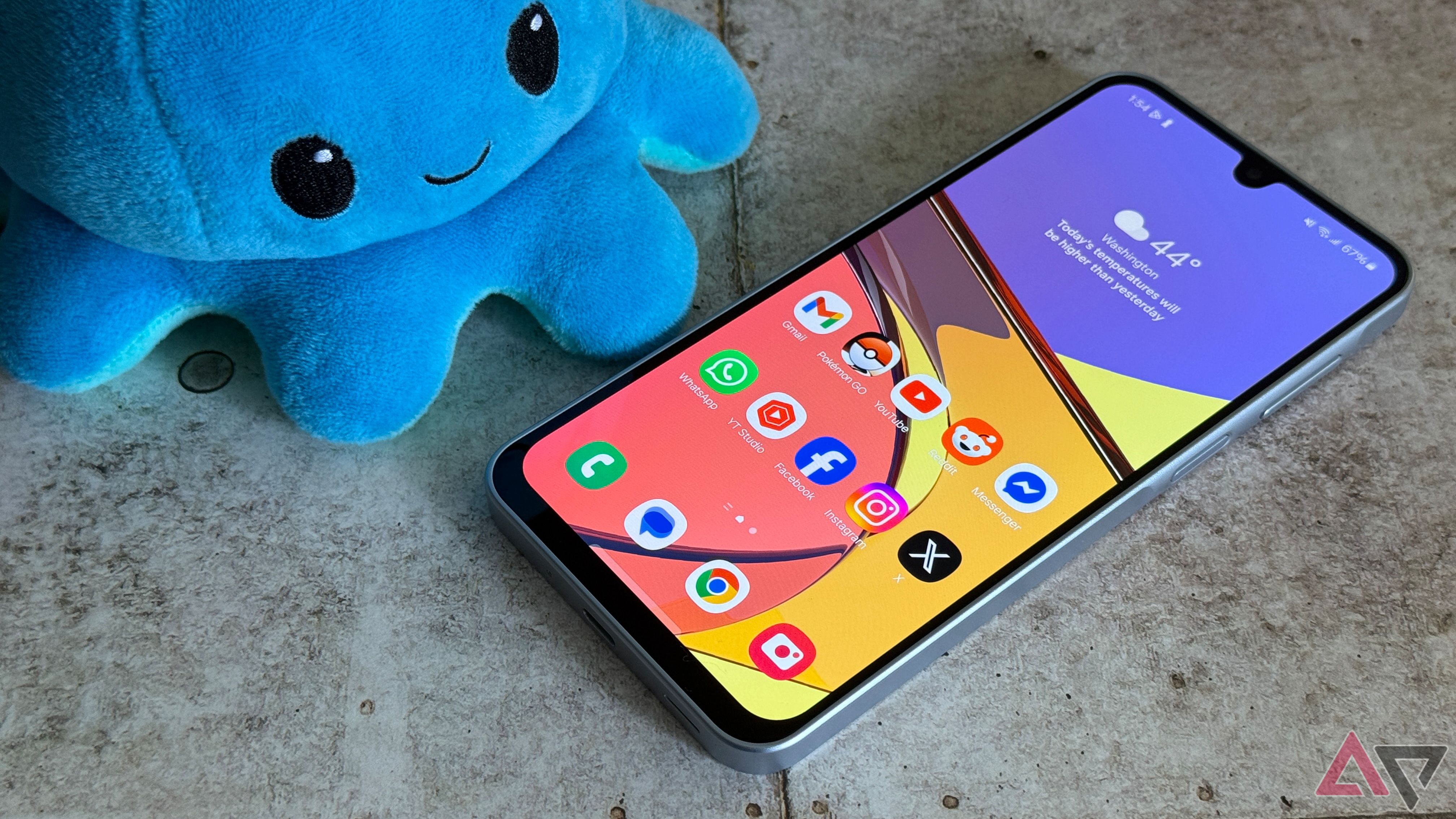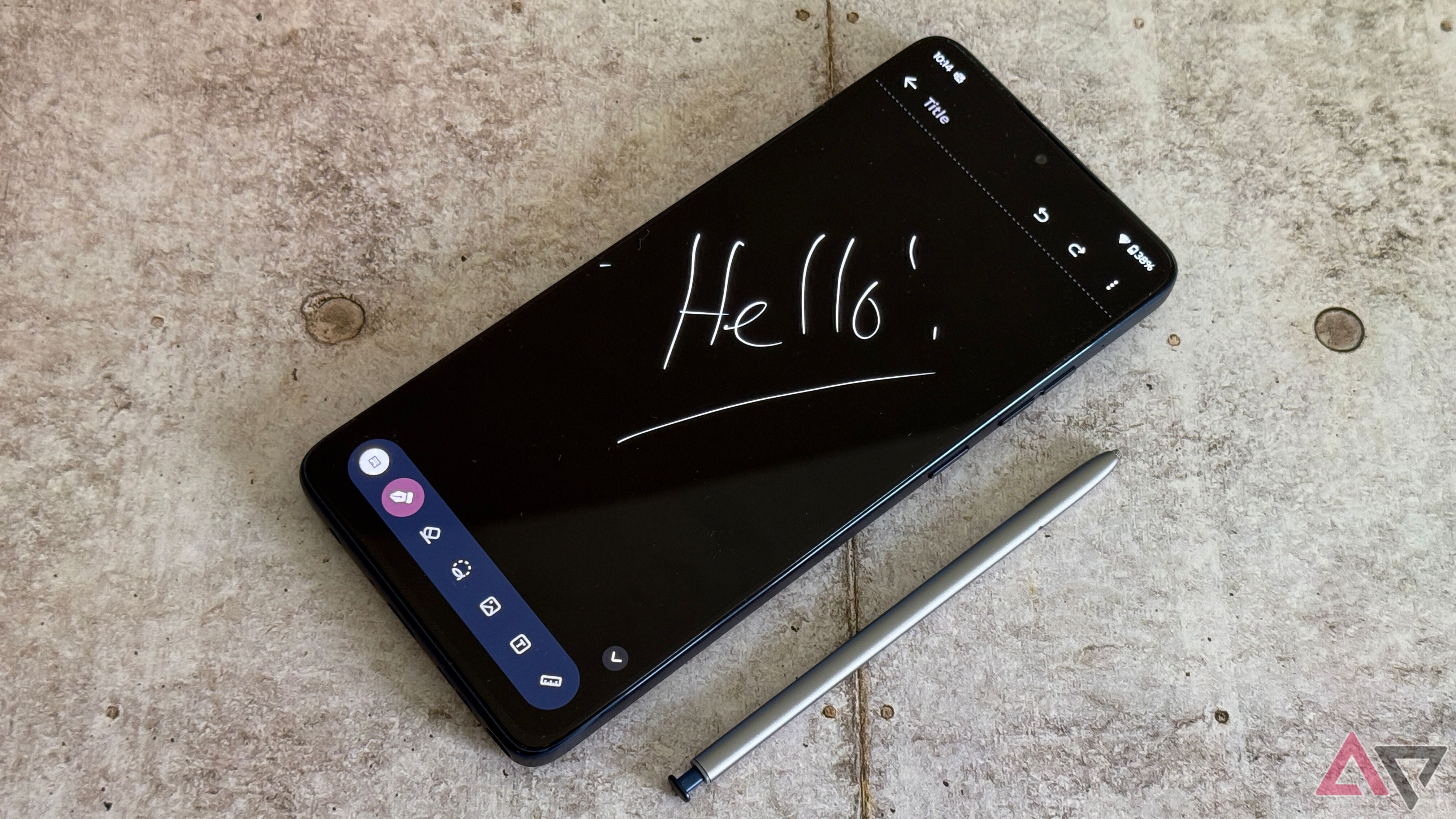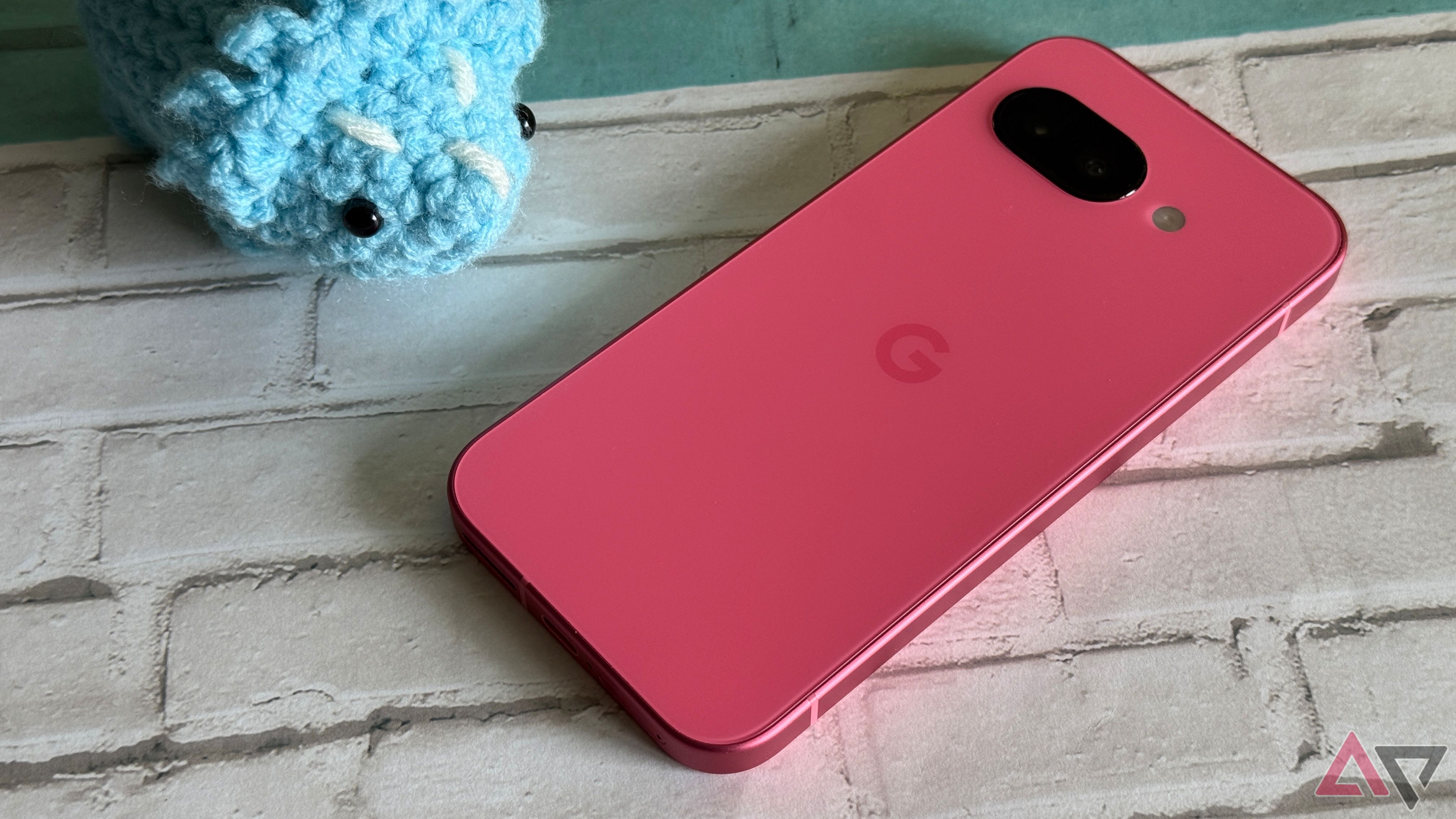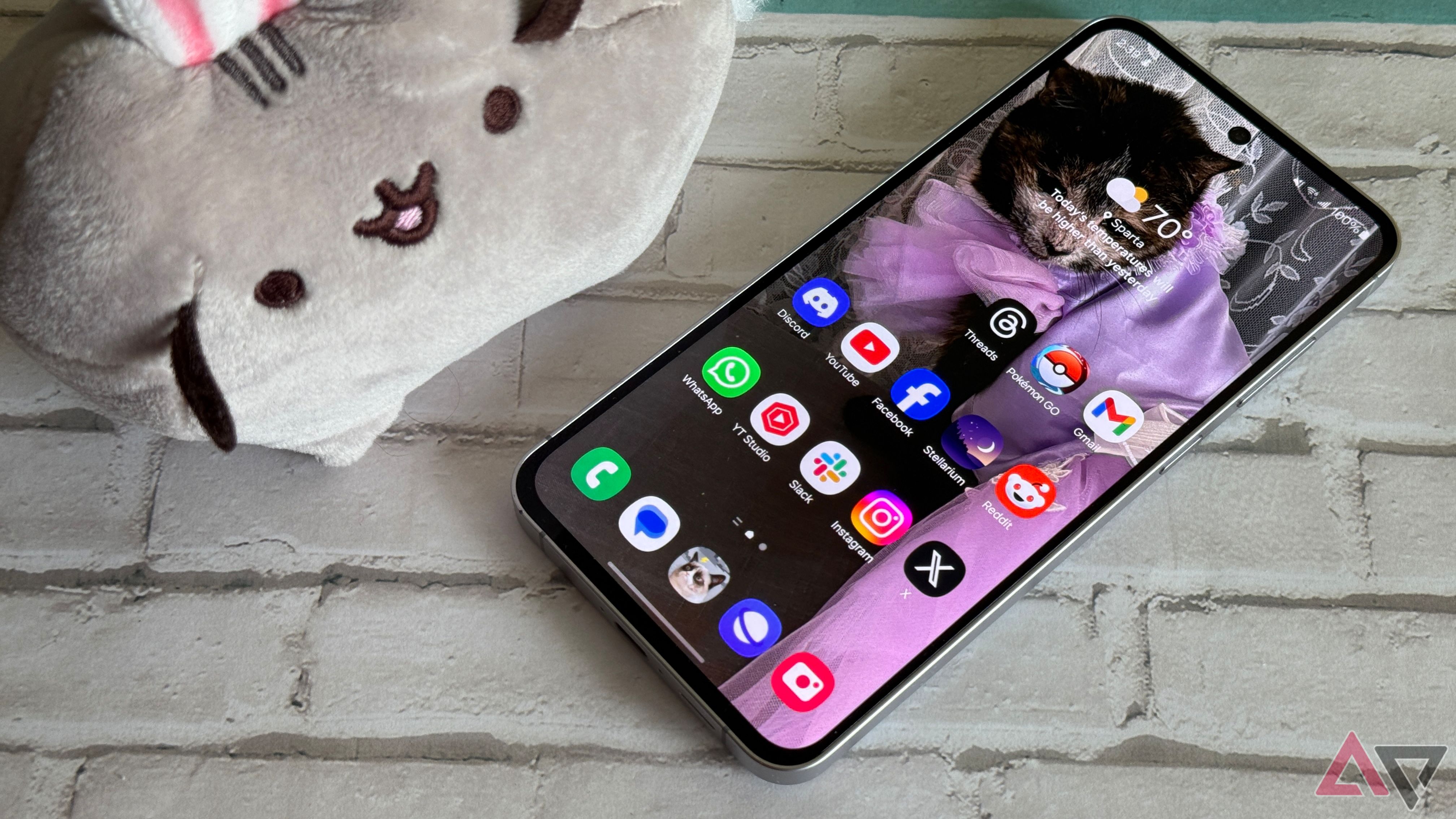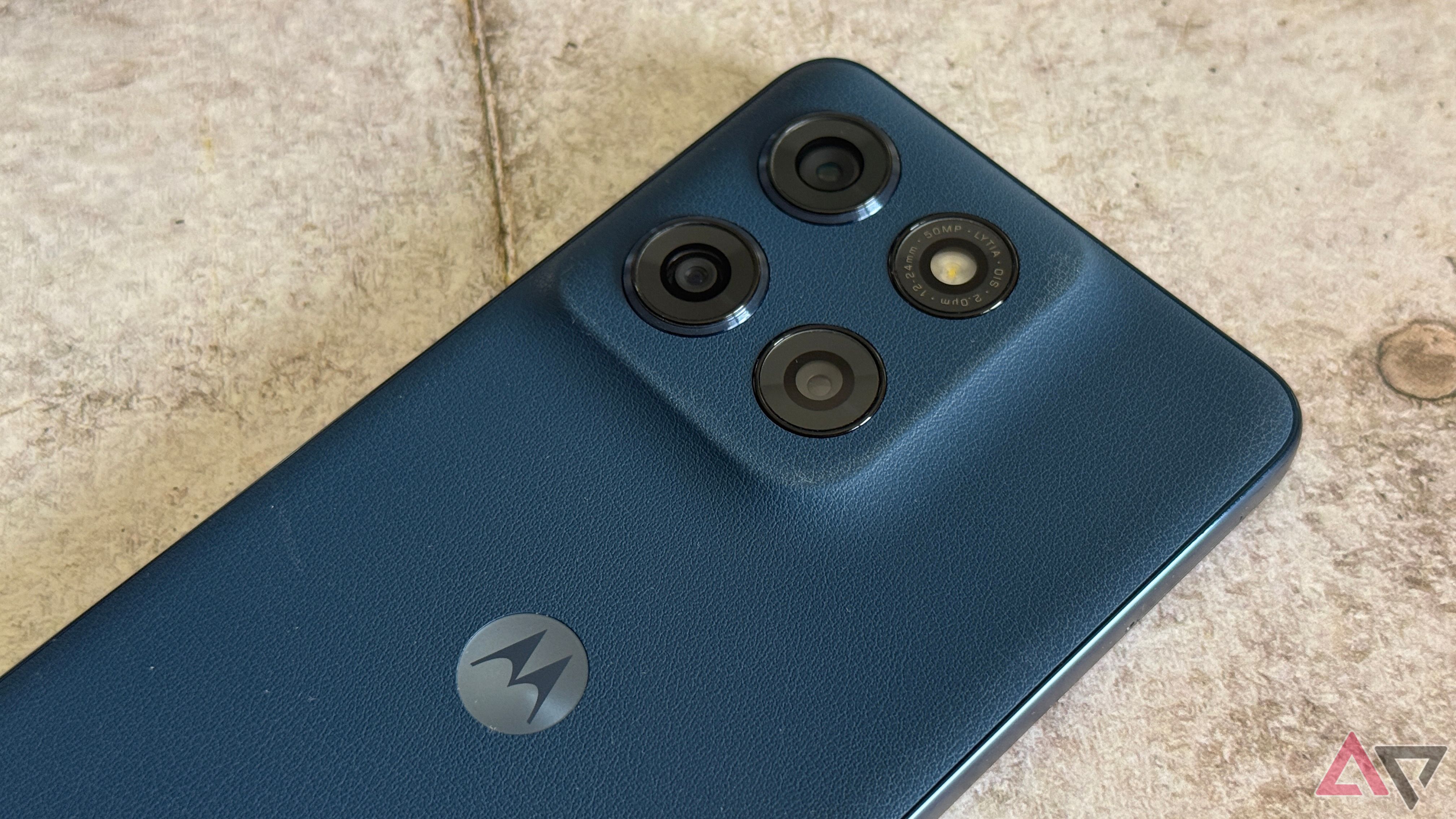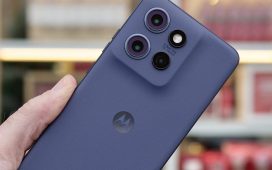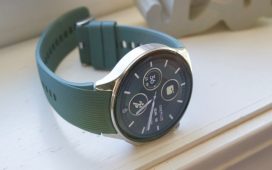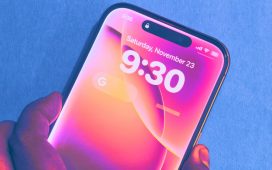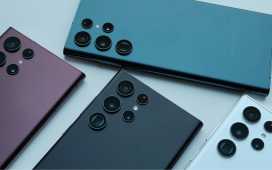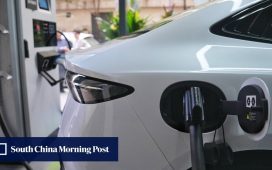It’s difficult to buy a bad smartphone in 2025. I may not like certain features or disagree with a company’s path with a device, but few phones are downright unusable in 2025, even at budget price points. However, there are still pitfalls out there, and if you’re not careful, you could wind up with a phone that doesn’t meet your needs. It’s not how much you spend, but how you choose which compromises you’re willing to live with that matters most.
I’ve used hundreds of smartphones in my career, and I’ve narrowed down the features that I look for most. They are items that frustrate me when done poorly on a phone, and I’d hate to see you waste money on a device that doesn’t provide a good experience. Here are the 5 features I look for on a smartphone. If a device doesn’t meet most of these, it’s not worth your time and money.
5
You need a gorgeous display
It doesn’t cost much
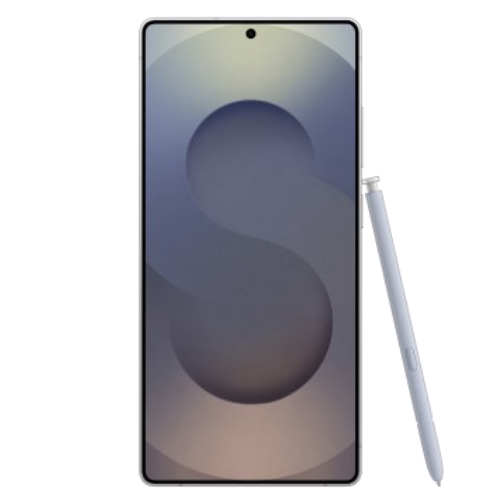
Samsung Galaxy S25 Ultra
Samsung’s Galaxy S25 Ultra leaves the Note-like design behind for the very first time. With flat edges, curved corners, and a massive 6.9-inch display, this is a modern flagship through and through — and yes, that S Pen is still here too.
It wasn’t that long ago that gorgeous OLED screens were reserved for flagship devices. I’ve used countless drab LCD panels on budget phones, and I’m thrilled that manufacturers have brought excellent displays down to more affordable price points. We use the display 100% of the time we’re using the phone, and you want the screen you stare at most all day to be a high-quality one. Sure, the Galaxy S25 Ultra has one of the best displays I’ve ever seen on a smartphone, but you don’t need to spend $1,300 to get a gorgeous panel.
Samsung’s Galaxy A16 is a fantastic example. I love its 6.7-inch Super AMOLED display, especially for only $200. You’ll notice display differences as you move up in price, but you usually pick up higher resolutions and faster refresh rates. Displays also get more color accurate the more you spend. And while something like the Moto G Stylus 2025 is only $200 more than the Galaxy A16, you’ll see how much more vibrant and saturated the colors are. Both are fantastic options for the money, and there’s no reason to settle for a substandard display in 2025.
4
Don’t make a mistake on RAM
More is always better
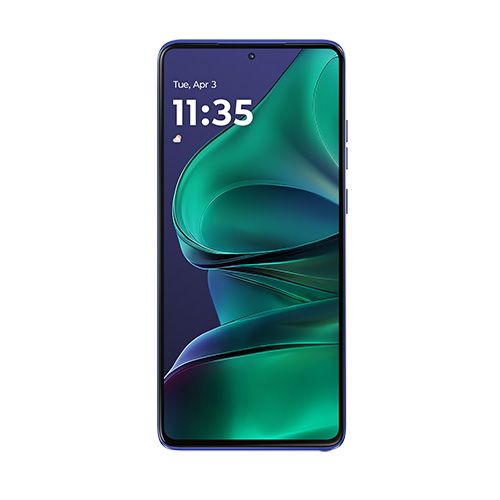
Motorola Moto G Stylus (2025)
Motorola’s new Moto G Stylus looks to keep the great design from its predecessor and match it with some more modern specs. Whether that’s enough to shy buyers away from the best of Samsung and Google, however, remains to be seen.
When buying a smartphone, I always make sure the device has enough RAM. It’s a spec worth paying up for, especially if an extra $50 or $100 gets you a phone with 8GB. One reason I love midrange and budget Motorola devices is that the company often includes 8GB of RAM. More RAM means more apps are kept in cache, keeping the system experience smooth. If you’re spending less money, chances are you’re going to get a phone with a midrange or budget processor. These chipsets are fine for daily use, but you may notice slowdowns on devices with 4GB or even 6GB of RAM because the slower chipset has to reopen apps frequently.
The Moto G Stylus 2025 and Motorola Edge 2024 are perfect examples. I’d love the 16GB of RAM offered by phones like the OnePlus 13, but you don’t have to spend $1,000 to get a solid experience. The Moto G Stylus 2025 is an excellent daily driver, delivering smooth performance from its midrange Snapdragon 6 Gen 3 chipset. Meanwhile, last year’s Galaxy A15 had a capable Dimensity 6100+ chipset, but it was limited with only 4GB of RAM. A phone with more RAM is going to perform better and for longer, and it’s worth spending a few extra dollars to get more.
3
Solid battery life
All day on a single charge
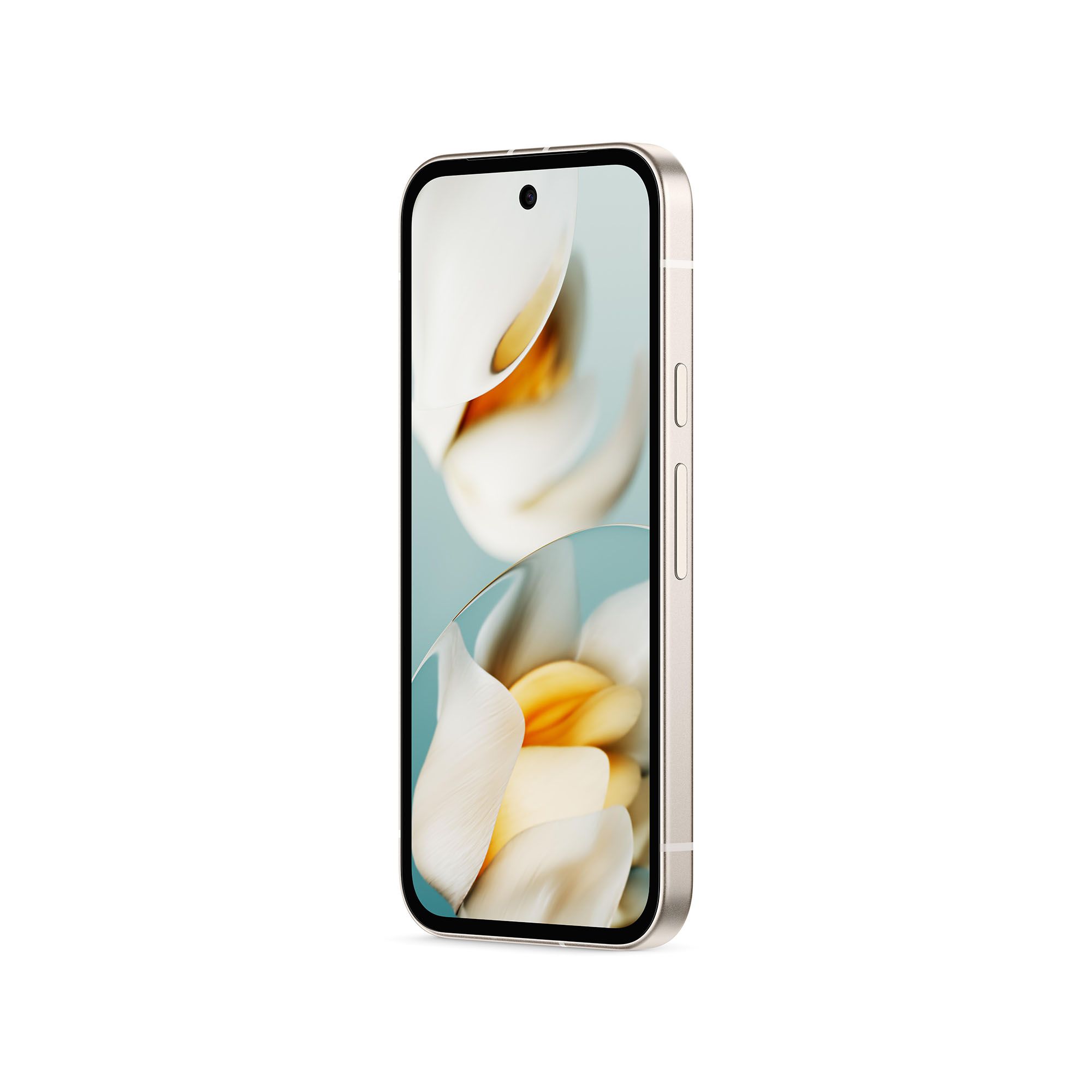
Google’s Pixel 9a takes everything that was great about the Pixel 8a and looks to modernize it. With an all-new Pixel 9-inspired look and no camera bump, this might be the best $500 smartphone we’ve seen yet.
Smooth performance is only good if your phone has enough power to make it through the day. Thankfully, I’ve seen very few devices with poor battery life over the last couple of years, unless something went wrong with a software update or a rogue program is using too much power. Most budget phones feature sizable batteries, and since they don’t include high-powered chipsets or QHD+ screens, the batteries last longer. Meanwhile, flagship phones that include power-hungry features have newer battery technology and chipsets, such as the Snapdragon 8 Elite, which are power-efficient.
I’ve seen several phones with excellent battery life this year. The OnePlus 13 is a battery monster, with a 6,000mAh cell and silicon-carbon battery technology. I get two full days on a single charge, and that’s with the outstanding performance and screen featured on the OnePlus 13. However, you don’t have to spend $1,000 to get an all-day battery life. The Google Pixel 9a has some of the best battery life I’ve ever seen on a smartphone, thanks to its 5,100mAh cell and the power-efficient Tensor G4 chipset, all for only $500.
2
Excellent software (and support, too)
You can never have enough support
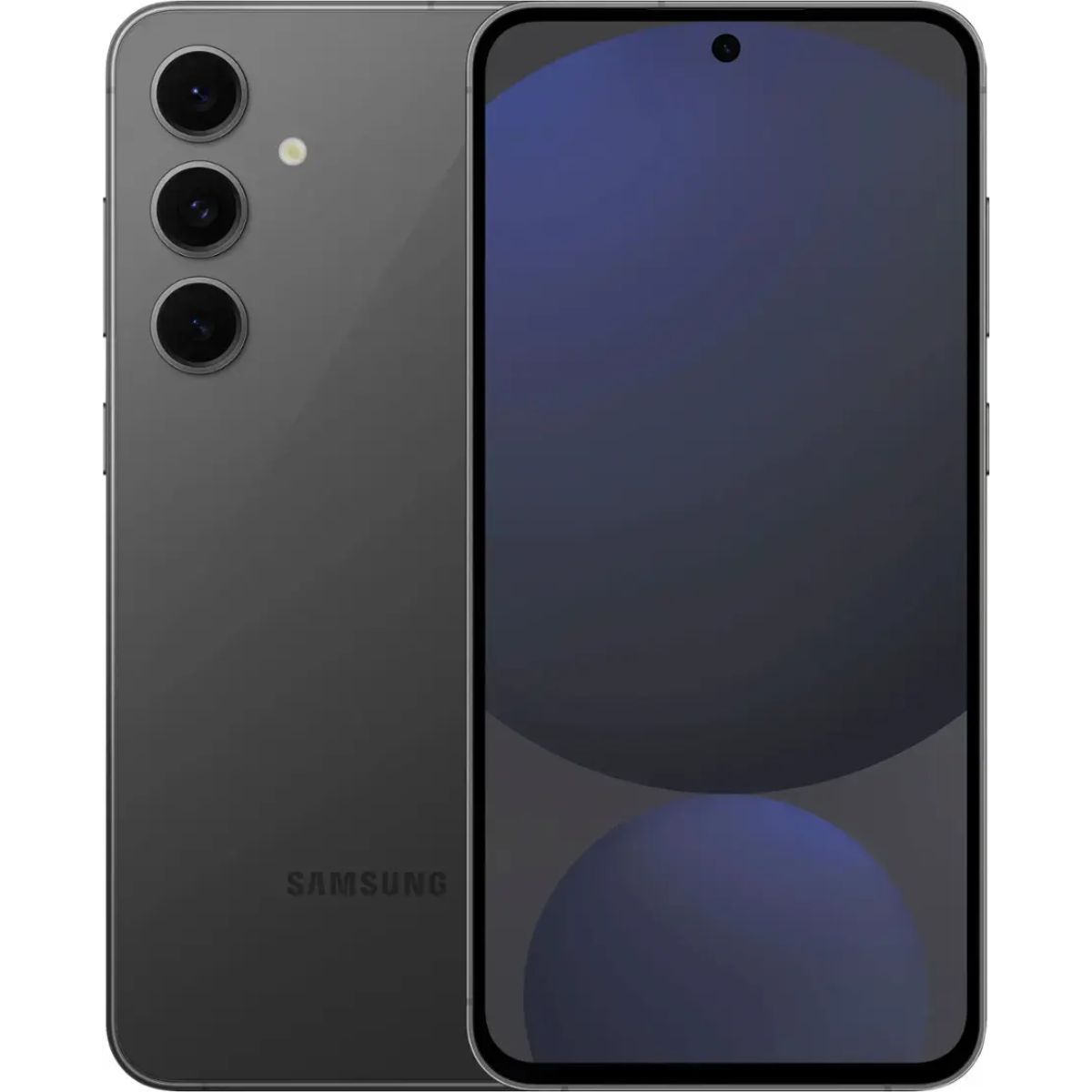
The Galaxy S24 Fan Edition brings the Galaxy S24 experience at a more affordable price point. It packs everything you can ask for in a mid-ranger, including a 6.7-inch display, all-day battery life, and competent cameras. The phone launched always felt expensive at its original MSRP, but a $150 discount makes it a lot more tempting.
Software support has become a selling point for Samsung and Google phones over the last couple of years, with each company promising 7 years of updates on new devices. While I don’t believe you need a full 7 years to be happy with your smartphone purchase, smartphone software and support are important to consider when buying a new phone. I love the Moto G Stylus 2025, and I highlighted the reasons why in my review, but Motorola only promises 2 years of Android upgrades and 3 years of security updates for the phone, which may not be enough for you.
By comparison, the Google Pixel 9a will get 7 years of updates. If history is any guide, the updates will be timely and include new features, something I can’t claim about Motorola’s updates. If you buy budget phones and replace them every two or three years, you don’t have to worry, but if you keep your phone for half a decade, it’s worth spending more on something like the Pixel. You might also enjoy a particular company’s Android software more. Plenty of people enjoy One UI from Samsung and are willing to pay for a device like the Samsung Galaxy S24 FE to get it.
1
Price rules all
You don’t have to settle as much as you used to
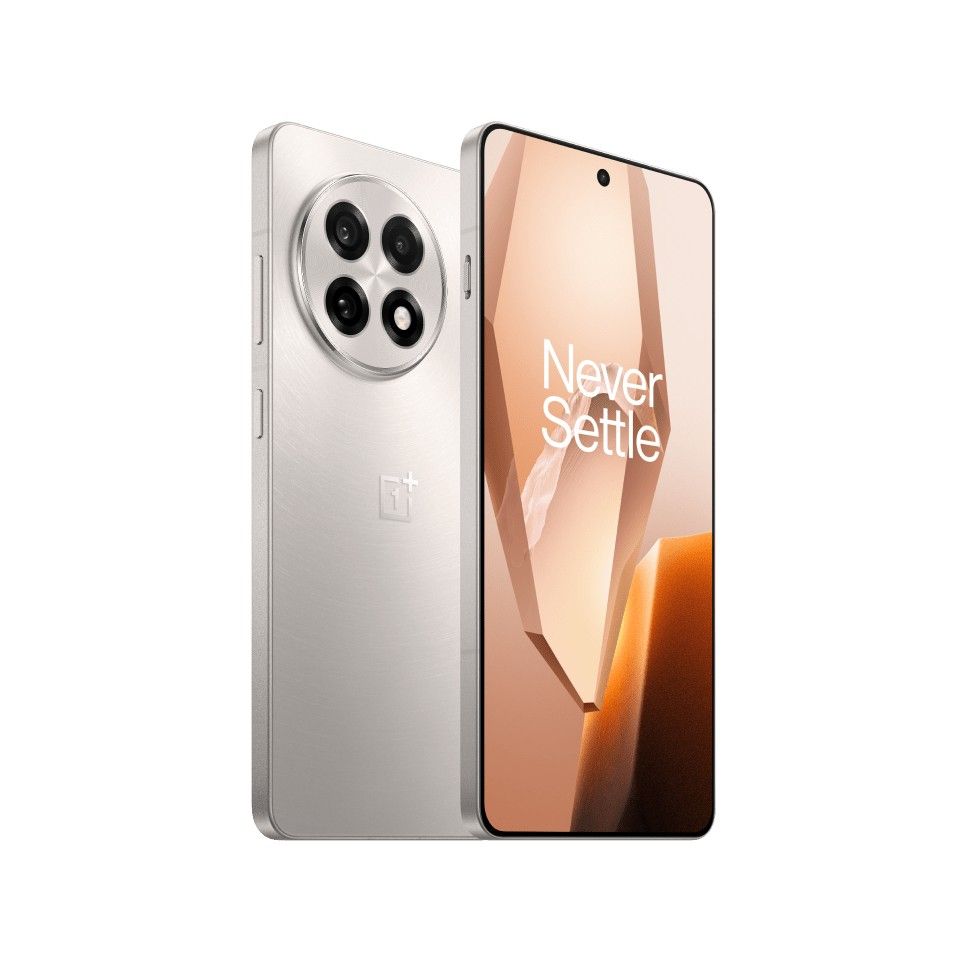
OnePlus 13R
The OnePlus 13R takes one of our favorite midrange phones from last year a step further. It still features a gorgeous 6.78-inch AMOLED panel with a 120Hz refresh rate. However, OnePlus added a Snapdragon 8 Gen 3 with 12GB of RAM for 2025, with faster UFS 4.0 storage. The OnePlus 13 is a great performer, all for $600.
It’s easy to buy a good smartphone with every key feature when you’re spending over $1,000. You can pick up a OnePlus 13, Google Pixel 9 Pro XL, or Samsung Galaxy S25 Ultra and call it a day. However, you don’t need to spend that kind of money to get many of these features. Plenty of devices are available for under $600 that fulfill most of the requirements. I love the OnePlus 13R for $600. It’s an excellent blend of performance and value, and it has a large battery for all-day use.
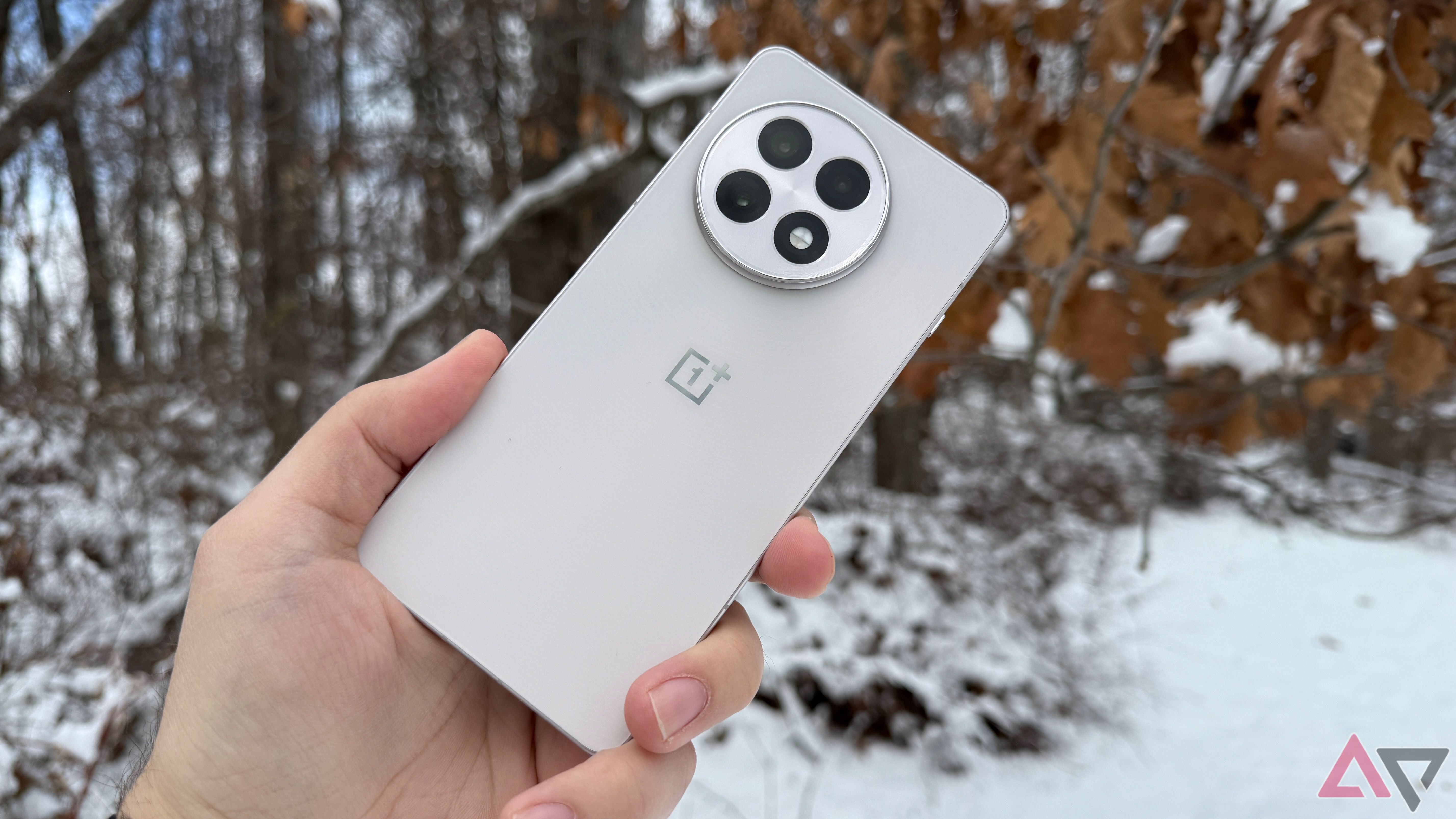
Read our review
The OnePlus 13R will make you forget you’re using a sub-$600 phone
Impressive performance at great value
Buying a phone for less is all about choosing which compromises you’re willing to live with. Perhaps you should give up a few years of support to get more RAM, but the point is for you to be comfortable with your choice. It’s helpful to be honest with yourself. If you’re someone who keeps their device for more than 5 years, longer software support is worth it. If you’re bouncing from phone to phone every 2 years, you shouldn’t be considered if a device only gets 2 or 3 years of support.
Some compromises aren’t worth the savings
There will always be cheaper devices you can buy to save money. However, I strongly suggest taking these 5 items into account when choosing your next phone. They make spending a few dollars more worth it, and you’ll be pleased with the improved performance. You can also get a more expensive device by waiting for a carrier discount. I’ve seen some fantastic deals on new flagship and midrange phones. If you’re someone who stays with the same carrier for years, it might be worth paying monthly for a device.

